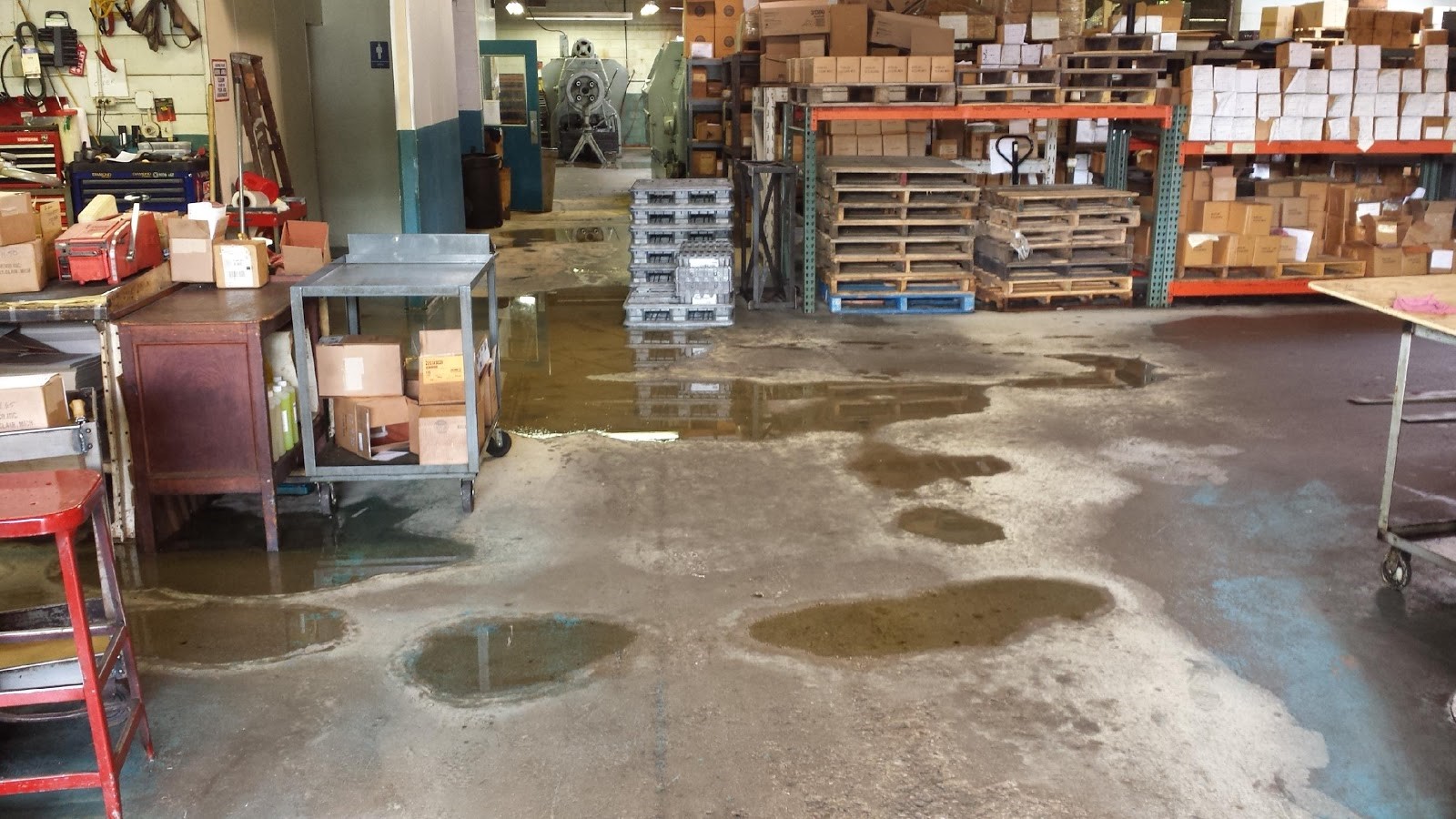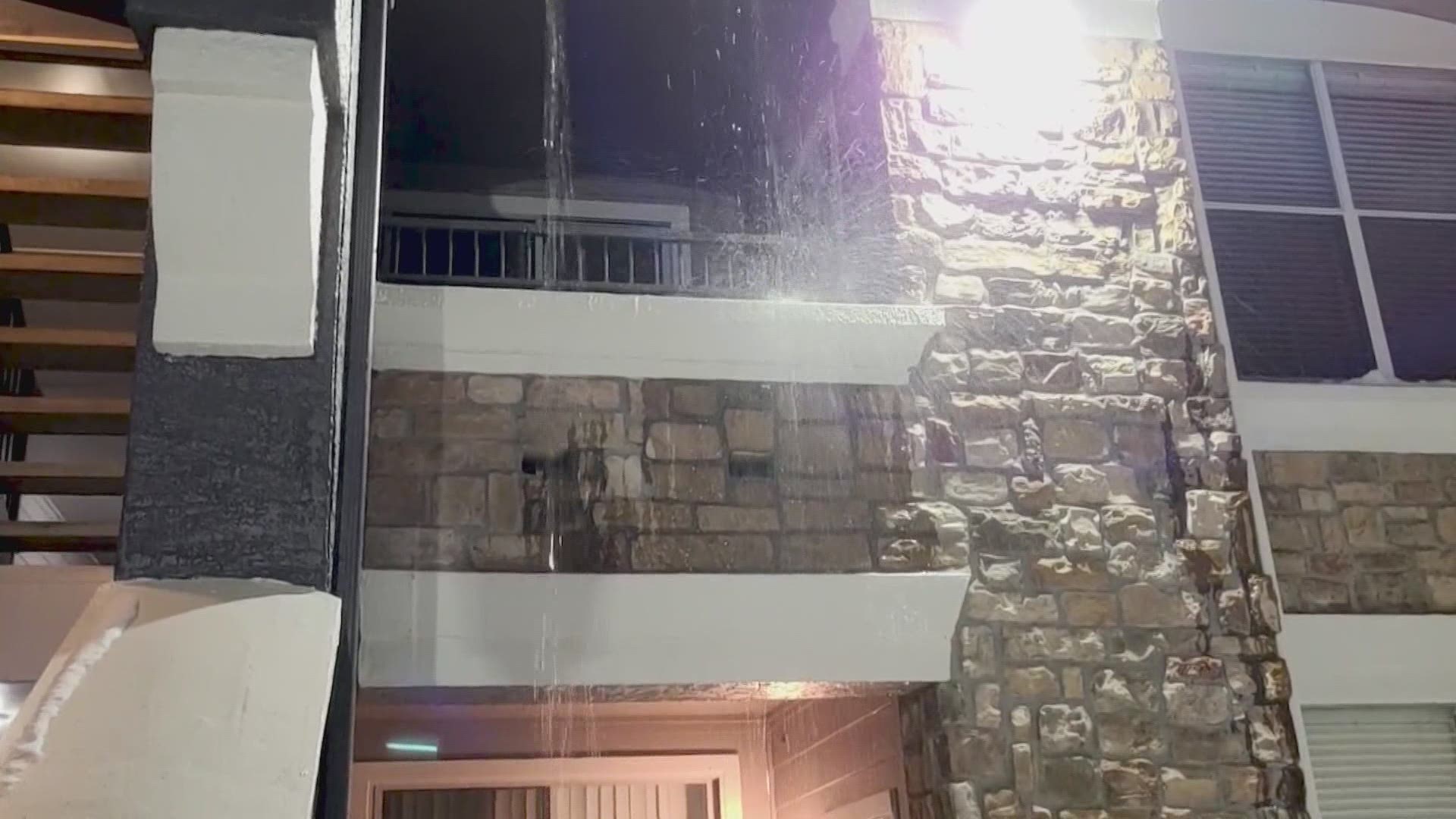Quick Guide: Identifying as well as Repairing Ruptured Pipes in your house
Quick Guide: Identifying as well as Repairing Ruptured Pipes in your house
Blog Article
Everybody has got their own individual thinking when it comes to How to Prepare for Your Dishwasher Installation.

A burst pipe is a significant emergency; you can just stand as you watch water you pay dearly to reunite with the earth. In worse instances, you observe a swimming pool on your kitchen floor, which is a fantastic journey threat, particularly if you have kids around. If the pipeline that burst was in your wall surfaces, trouble: you may need to paint that whole section.
Exactly how can a tragedy like a burst pipe be stopped and also managed? Well, by listening to your expert emergency plumbing professionals and complying with these policies.
Just how do I recognize when my pipes have burst?
Varying water stress
Pipelines do not simply burst in a day. You may have discovered that your kitchen area faucet or shower does not run immediately when you turn the faucet. It may stop briefly for a couple of secs and afterwards blast you with more force than typical.
In other instances, the water might appear regular in the beginning, after that decrease in pressure after a few seconds.
Contaminated water
Many people presume a burst pipe is a one-way outlet. Rather the contrary. As water drains of the hole or tear in your plumbing system, impurities locate their method.
Your water might be infected from the resource, so if you can, examine if your water container has any kind of troubles. Nonetheless, if your alcohol consumption water is provided and also detoxified by the local government, you need to call your plumber quickly if you see or scent anything amusing in your water.
Puddles under pipelines as well as sinks
When a pipeline bursts, the outflow forms a puddle. It may appear that the pool is expanding in dimension, as well as regardless of the number of times you mop the puddle, in a few minutes, there's an additional one waiting to be cleansed. Usually, you might not have the ability to trace the puddle to any noticeable pipelines. This is an indicator to call an expert plumber.
Wet walls and water discolorations
Prior to a pipeline bursts, it will leakage, the majority of times. If this relentless dripping goes unnoticed, the leak might finish into a wide wound in your pipeline. One simple way to prevent this emergency is to keep an eye out for wet walls advertisement water discolorations. These water spots will lead you right to the leakage.
Untraceable leaking noises
Pipe ruptureds can occur in the most undesirable areas, like within concrete, inside walls, or under sinks. When the house goes quiet, you may be able to listen to an irritatingly persistent trickling noise. Also after you have actually checked your shower head and also kitchen area tap, the trickling might continue.
Beloved reader, the trickling may be originating from a pipeline inside your walls. There isn't much you can do concerning that, except tell a specialist plumber.
Turn up the Warmth
Establish fans to blow warmth into cool spaces. Maintain the garage door shut. If you have minimized water flow, warmth the most vulnerable pipelines (usually in cellars and crawl spaces or near outside walls) with a hair clothes dryer. Leave the faucet on while you use heat. As you thaw ice, the flow will certainly enhance. To stop pipes from cold, insulate your wall surfaces.
Start Removing the Water
Grab the wipe, pails and a store vacuum cleaner to start to do away with the water due to the fact that you certainly don't desire it soaking into every little thing else in the house. Plus, a fast tidy up will decrease the opportunities of something getting moldy.
What do I do when I identify a ruptured pipeline?
Your water meter will continue to run also while your water wastes. To decrease your losses, find the primary controls and also transform the supply off. The water pipe are an above-ground framework at the edge of your building.
WHAT IS A SLAB LEAK?
A slab leak is an industry term for a leak within the waterline piping below a home’s concrete floor, and they can occur in homes and buildings of all ages. Broken water pipes under your home can cause irreparable damage to foundations and cost tens of thousands of dollars to repair. The extent of the damage can be exacerbated by certain types of soils (expansive soils) which absorb greater quantities of water and expand, often causing slabs to lift and crack (see our article The best ways to repair sewer pipes and collapsed drains under slabs).
The more quickly an underground water or sewer leak is detected and repaired, the lower the final cost is likely to be, so being aware of the early signs of a slab leak can save homeowners from potentially devastating consequences.
SIGNS OF A WATER LEAK UNDER THE HOUSE
Wet areas of grass beside the home’s exterior walls Wet or damp patches of carpet or moisture on internal flooring Mildew or mould under carpets, rugs or at the base of drapes A musty odour in certain rooms The sound of running or rushing water even when all outlets are turned off (you may have to get down and put your ear against the floor to hear such a leak, which indicates a leak in the pipes entering the house) Warm spots on the floor (walk the floor without shoes or socks in the line from the hot water system to relevant outlets as this can indicate a leak in a hot water pipe) Unexplained increases in your water bill Low water pressure Rising damp on walls when there has been no significant rain ESTABLISH THE LOCATION OF THE LEAK
The first step is to establish where the leak(s) are located. If you see or hear water in one particular section of your floor, you might be able to take an educated guess, but there is no guarantee the offending pipe will be located right beneath the wet patch you’ve noticed on your carpet. Water is notorious for pooling in empty or low-lying cavities so the actual break or crack could be some distance away. You won’t be popular if you assure your wife you can repair the pipe yourself and cut up the concrete in her new bathroom floor only to find the water’s coming from a leaking join two metres along the line.
Finding the exact location of leaking pipes beneath a house slab usually requires the help of a professional with specialised listening devices, CCTV cameras and other leak detection equipment. To detect leaks in the small pipes that bring pressurised water to your home, the water is often turned off and air is pumped into the lines to force out the remaining water. This allows the plumber to listen for escaping air from the damaged pipe.
ARM YOURSELF WITH NUMEROUS QUOTES AND INFORMATION
Once the presence and location of a leak have been confirmed, the next step is the repair. If the leak is outside the perimeter of the slab or near the edge, and you know a bit about basic DIY plumbing, you might be lucky enough to be able to reach and repair it yourself without too much trouble.
But if the leak is deep under your house slab, you would be best advised to consider a professional repair to ensure the structural integrity and insurance cover of your home are not compromised. You should get a range of quotes from different types of pipe repairers, and you should ask each of them as many questions as possible so they can advise on the pros and cons of their particular repair strategy in relation to your particular job.
Just like doctors, whilst all plumbers know the basics, they’re not all experts in all things plumbing. Some specialise in new builds, some in water supply systems, some focus on gas fitting or roofing and some deal in mechanical services. So if you need to repair drain pipes under your house slab, you need more than just an everyday, all-round plumber who might only deal with similar under-slab leaks a handful of times each year. You need to ensure you deal with tradespeople with established reputations as experts in things like pipe relining, drainage and pipe clearing under slabs.
When you are talking to each of the people quoting the job, pick their brains about possible options. For example, if the tradesperson quoting is a specialist in CIPP relining methods, ask them whether a traditional excavation and replacement might work better for you, and if not why. This way you will get to hear all the potential negatives of each strategy, which will equip you to ask better questions and make a more informed final decision. Once you have all the information and options, you are ready to consider which repair strategy is best for you.
DECIDE ON THE BEST REPAIR STRATEGY FOR YOUR SITUATION
There is no ‘one-size-fits-all’ best option for repairing pipes under a slab. If you’ve got a holiday home at the beach you can hang out in for a month, for example, or if you were already considering a complete kitchen and bathroom make-over, then excavating and replacing all your water and sewer pipes might not be such a bad thing. Carefully consider everything you’ve learned, taking into account all the additional costs for things like temporary accommodation you might need, having to buy takeaway for two weeks or re-laying the expensive new floor tiles your wife is likely to pick out. And don’t forget to factor in less tangible elements, like the joy of living with your mother-in-law for a month. This way you will avoid any unpleasant surprises when you add up the total costs after the job is done.
https://nuflow.net/how-to-fix-a-broken-pipe-under-the-house/

We had been made aware of that editorial about How to Prepare for Your Dishwasher Installation from an associate on our other website. Appreciated our article? Please share it. Help other people find it. We value reading our article about How to Prepare for Your Dishwasher Installation.
Visit My Website
Report this page